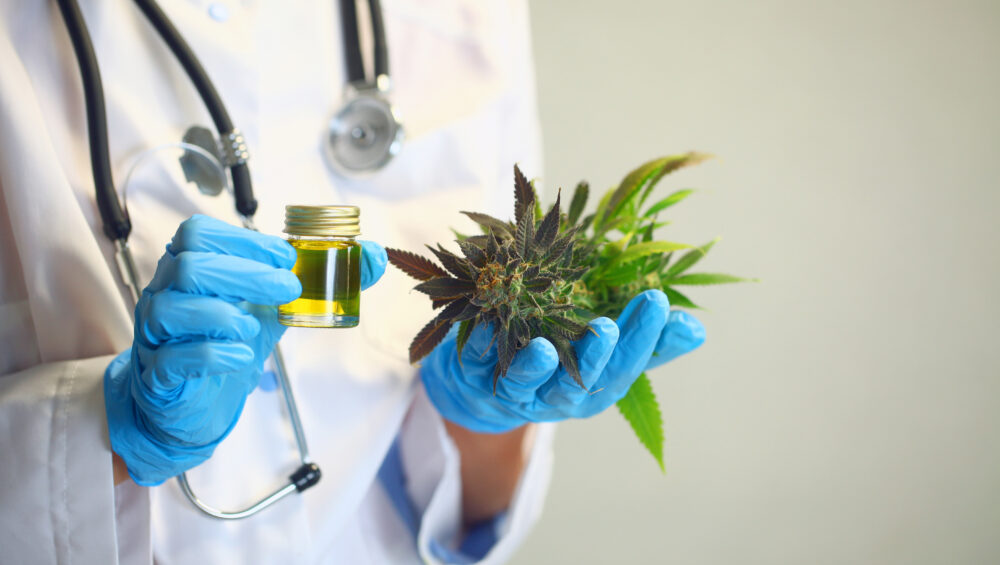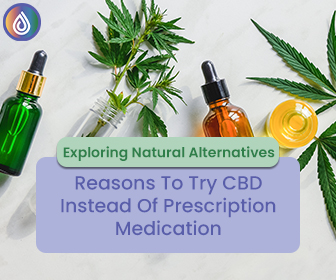3 Facts About the Endocannabinoid System
It wasn’t until recently (and thanks to cannabis) that researchers discovered what is known as the endocannabinoid system. A communication system within our bodies that plays major roles in the following¹:
- Day-to-day experiences
- Mood
- Physiology
Within our endocannabinoid are a number of receptors. Chemical compounds from cannabis plants (cannabinoids, such as CBD) attach themselves to these receptors. In turn, we feel the effects of this attachment.
These effects will vary depending on what cannabinoid you’re discussing. For example:
- Tetrahydrocannabinol (THC): the most abundant cannabinoid found in marijuana will produce psychoactivity within a person².
- Cannabidiol (CBD): the most abundant cannabinoid found in hemp will relax a person, ease pain, and not cause psychoactivity³.
There are a number of other cannabinoids found in the various cannabis plants. However, for this blog, we’re going to focus on cannabidiol.

1The Cannabinoid Receptors Within Us
Within your bodies, there are two types of receptors we’re going to look into⁴:
Cannabinoid Receptor Type 1 (CB1):
Resides in the brain (particularly our hypothalamus, hippocampus, and amygdala), central nervous system (CNS), connective tissue, intestines, and our tesities/ovaries. They’re known for benefits, including (but not limited to):
- Decreasing anxiety
- Decreasing blood pressure
- Decreasing depression
- Decreasing fear and paranoia
- Decreasing intestinal inflammation
Cannabinoid Receptor Type 2 (CB2):
Resides in our immune cells (particularly, B and T cells, macrophages, microglia, monocytes), spleen, tonsils, thymus. They’re known for helping people almost every type of known human disease, including (but not limited to):
- Autoimmune
- Bone and skin
- Cancer
- Cardiovascular
- Gastrointestinal
- Kidney and liver
- Neurodegenerative
- Pain
- Psychiatric
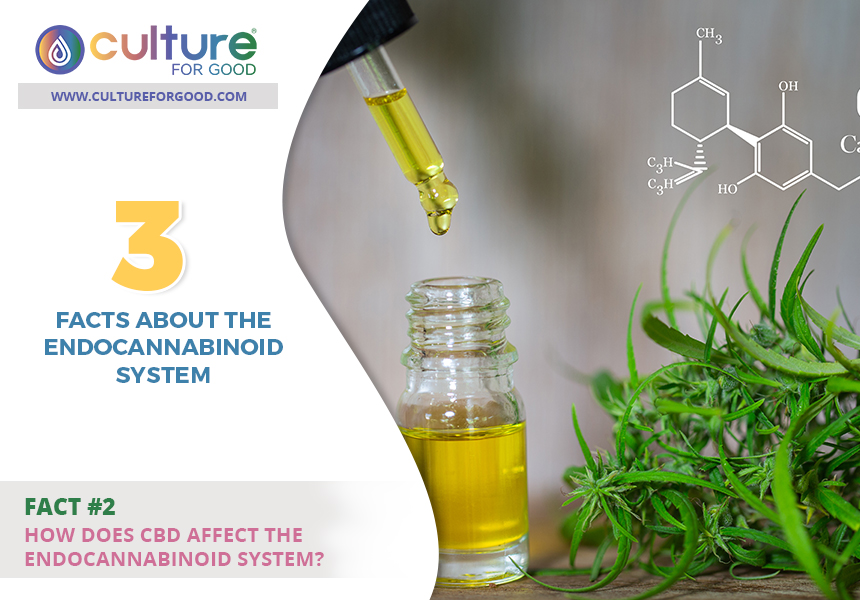
2How Does CBD Affect the Endocannabinoid System?
Most cannabinoids attach themselves to one or both cannabinoid receptors. For example, THC attaches itself to both CB1 and CB2 receptors in order to cause the “high” people associate with it.
However, CBD doesn’t actually bind to any of these receptors. Instead, CBD works on two other areas of the body which indirectly link to CB1 and CB2 receptors. These parts are:
- TRPV1 Receptors: Responsible for body temperature, inflammation, and pain regulation⁵.
- Fatty Acid Amide Hydrolase: Responsible for creating more of certain endocannabinoids, such as anandamide. Anandamide is also known as the “bliss molecule”, causing feelings of pleasure and motivation⁶.
It’s due to CBD’s connection with these two areas of the body that we feel therapeutic relief from taking it.
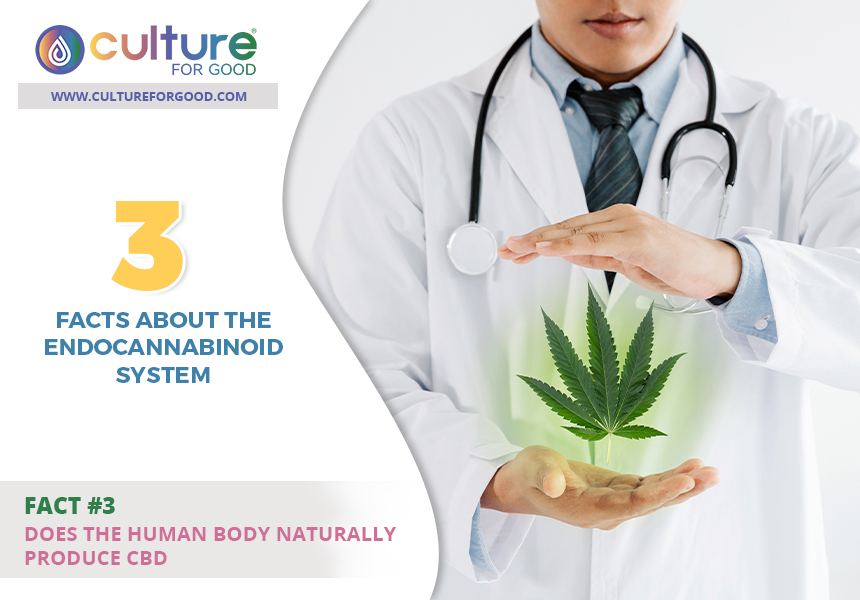
3Does the Human Body Naturally Produce CBD
Since the body can naturally produce certain cannabinoids found in cannabis plants, some may ask whether or not it produces cannabidiol specifically.
Natural cannabinoid receptors are known as endogenous cannabinoids and work. These include⁷:
- 2-arachidonoylglycerol (2-AG)
- Anandamide
- N-arachidonoyl dopamine (NADA)
- Virodhamine (OAE)
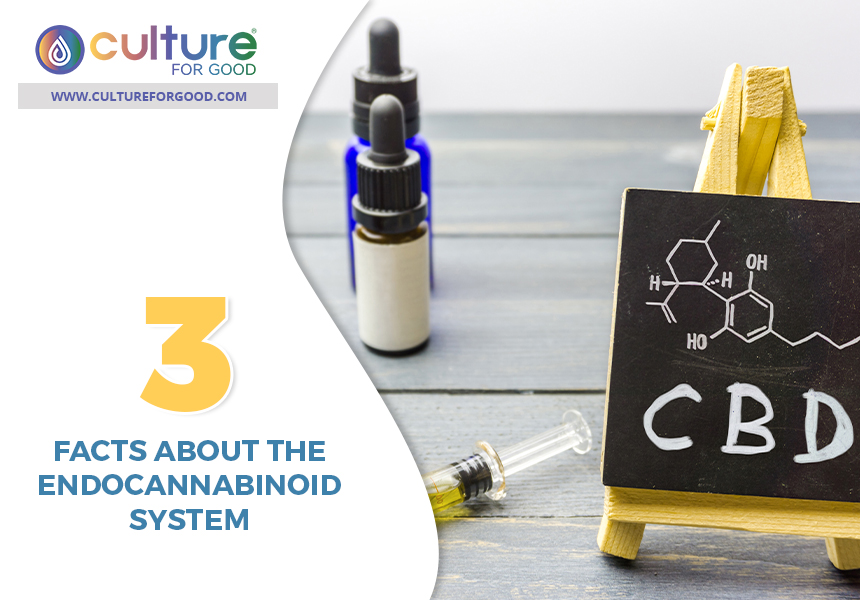
In many regards, endogenous cannabinoids will produce similar effects to that of cannabidiol. However, since they are hydrophobic, it’s very difficult for them to travel far reaches across the body.
Due to this limitation along with the fact that they don’t always cause the body to react in the same way, endogenous cannabinoids cannot replicate CBD.
Reference Sources
¹ NCBI: Endocannabinoid system: An overview of its potential in current medical practice.
² National Center for Complementary and Integrative Health: Marijuana and Cannabinoids
³ International Journal of Molecular Sciences: Cannabinoid Receptors and the Endocannabinoid System
⁴ NCBI: Cannabinoid receptors: where they are and what they do.
⁵ BioMed Central: Cannabinoid-based drugs targeting CB1 and TRPV1, the sympathetic nervous system, and arthritis
⁶ NCBI: Fatty acid amide hydrolase: an emerging therapeutic target in the endocannabinoid system.
⁷ HHS Public Access: An introduction to the endogenous cannabinoid system
